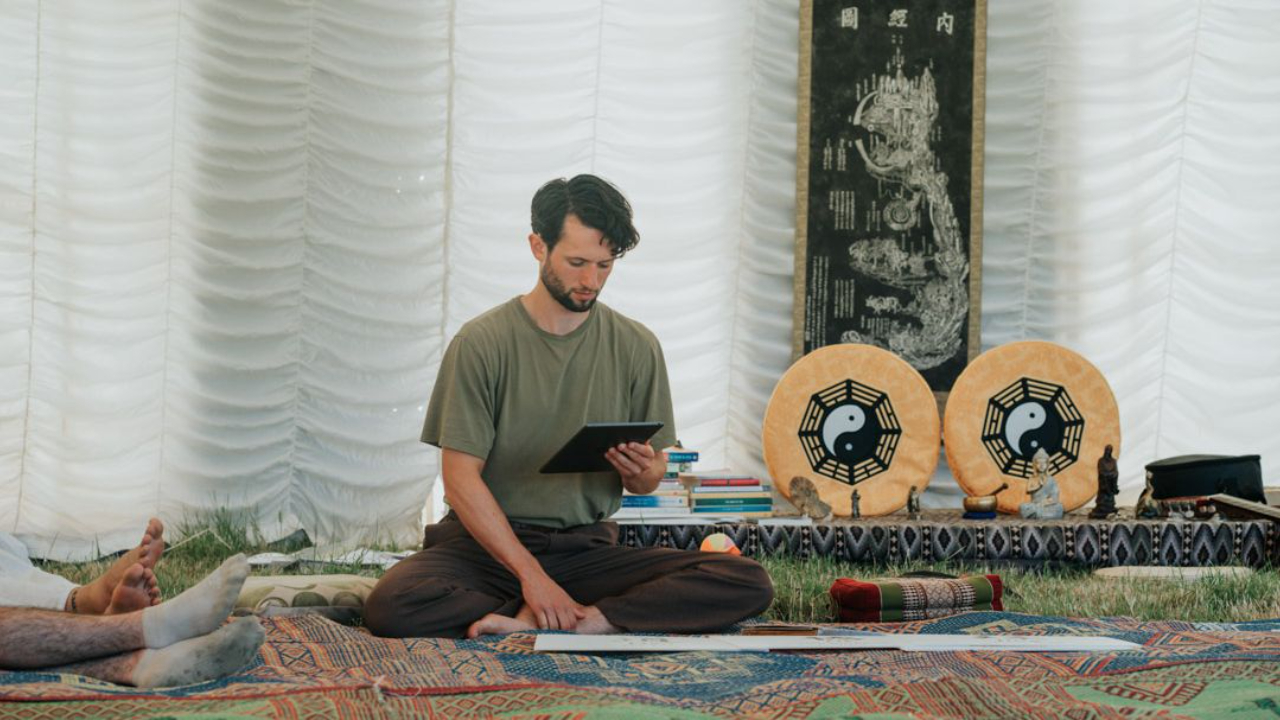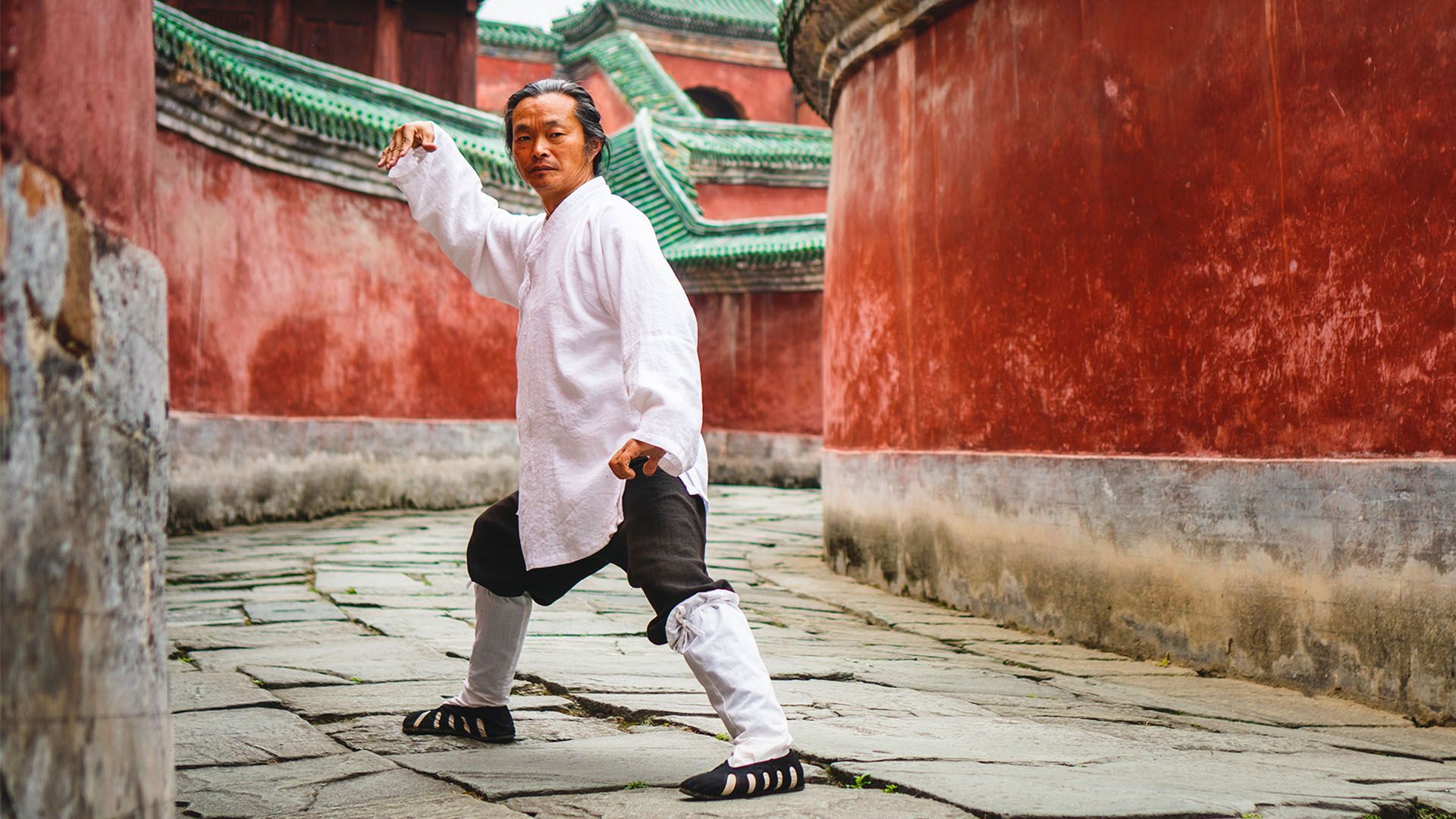Muay Thai vs Jiu Jitsu: Which Martial Art Suits Your Fighting Style?
Jun 01, 2024
Muay Thai vs Jiu Jitsu, both martial arts offer distinct benefits and training methods. Muay Thai kickboxing focuses on powerful stand-up striking techniques, using knees and elbows. In contrast, Brazilian Jiu Jitsu emphasizes ground fighting, employing submission techniques like armlocks and leg locks. Research shows that Muay Thai fighters excel in stand-up combat, while BJJ practitioners dominate in grappling tournaments. Whether you’re looking to train Muay Thai or BJJ, the choice depends on your fighting style and goals. This guide provides a complete comparison to help you decide which martial arts suits you best.
Table of Contents
Muay Thai: The Art of Eight Limbs
Muay Thai, known as the Art of Eight Limbs, uses punches, kicks, elbows, and knees. This martial art emphasizes powerful strikes, with techniques refined over centuries. Muay Thai training includes bag work, pad drills, and sparring sessions. These practices build strength, endurance, and agility.
Martial artists in Muay Thai also focus on clinching, which controls opponents and sets up strikes. This comprehensive approach makes Muay Thai effective in self-defense and competitive settings.
Many fighters in mixed martial arts (MMA) incorporate Muay Thai techniques to enhance their striking skills. The popularity of Muay Thai continues to grow worldwide.
The Development of Jiu-Jitsu
Brazilian Jiu-Jitsu (BJJ) evolved from traditional Japanese judo and jiu jitsu techniques. Brazilian practitioners adapted these methods to create a new grappling art. BJJ focuses on ground fighting, utilizing chokes, joint locks, and positional control. Training in BJJ includes rolling, or live sparring, which enhances real-world application.
The Gracie family played a pivotal role in popularizing BJJ through competitions and demonstrations. BJJ is now a cornerstone of mixed martial arts (MMA), valued for its effectiveness in grappling exchanges. Brazilian jiu-jitsu offers a blend of physical conditioning and strategic thinking, making it a unique and respected martial art.
Muay Thai vs Jiu Jitsu: Training Methods
Muay Thai training emphasizes striking techniques, including punches, kicks, elbows, and knees. Practitioners often start with shadowboxing to perfect form. Bag work follows, building power and precision in strikes. Pad drills simulate real-life fight scenarios, enhancing timing and accuracy. Sparring in Muay Thai develops practical application and resilience.
In contrast, Brazilian jiu-jitsu (BJJ) training focuses on grappling. Warm-ups include drilling techniques like takedowns and submissions. Rolling, or live sparring, tests these skills in dynamic situations. BJJ practitioners train both with and without the gi, adapting to different grips and strategies.
Combining Muay Thai and BJJ provides a comprehensive martial arts skill set, balancing striking and grappling techniques for self-defense and competition. This dual approach is especially effective in mixed martial arts (MMA) environments.
Also Read: Muay Thai vs Kickboxing
Physical and Mental Benefits
Muay Thai:
Muay Thai, also known as Thai kickboxing, provides numerous physical benefits. Training Muay Thai enhances cardiovascular health through intense, stand-up striking techniques. Regular practice helps improve overall flexibility and agility, which are crucial for any combat sport. Muay Thai fighters experience increased muscle strength and endurance due to rigorous conditioning drills.
Mentally, Muay Thai promotes discipline and focus. The art of eight limbs teaches practitioners to control their emotions, leading to better stress management. Confidence grows as you master various striking techniques, including knees and elbows. Engaging in competitive Muay Thai develops a fighter's resilience and mental fortitude, which are essential for real-life situations.
Jiu Jitsu:
Brazilian Jiu-Jitsu (BJJ) focuses on grappling and ground fighting, offering unique physical benefits. Practitioners, known as BJJ practitioners, develop exceptional core strength and flexibility. Training involves mastering submission techniques like armlocks and leg locks, which enhance muscle tone and endurance.
Mentally, BJJ improves problem-solving skills. Often referred to as human chess, this grappling art requires strategic thinking during sparring sessions. Stress relief comes naturally as you train BJJ, promoting mental clarity and focus. Achieving higher belt rankings, such as the coveted black belt, boosts self-esteem and perseverance, which are crucial for both martial arts and everyday challenges.
Enhancing Overall Martial Arts Skills
Combining Muay Thai and BJJ:
Combining Muay Thai and Brazilian Jiu-Jitsu enhances overall martial arts skills. Cross-training allows practitioners to become proficient in both striking and grappling. BJJ’s ground-based techniques complement Muay Thai’s stand-up striking. Mixed martial artists benefit from this balanced skill set, making them versatile in various combat scenarios. Whether you choose Muay Thai or Jiu-Jitsu, both disciplines offer valuable self-defense skills. Combining both ensures comprehensive training and improved adaptability in any fight.
Which One is Better for You?
In comparing Muay Thai vs Jiu Jitsu, personal goals play a crucial role. Muay Thai, a striking-based martial art, emphasizes powerful stand-up techniques. It utilizes knees, elbows, and clinch work. On the other hand, Brazilian Jiu-Jitsu, or BJJ, focuses on grappling and ground combat. BJJ practitioners use locks and chokes to force submissions.
Both martial arts offer unique benefits. Whether you enjoy the striking art of Muay Thai or the ground-based techniques of Jiu Jitsu, each provides effective self-defense skills. Ultimately, choosing the martial art that suits your fighting style is essential. Which one aligns with your training goals and interests?
FAQs
1. Do Muay Thai fighters use submission techniques?
No, Muay Thai focuses on striking. Submission techniques are in BJJ.
2. Can BJJ practitioners compete in MMA?
Yes, many MMA fighters have a background in Brazilian Jiu-Jitsu.
3. What is the belt ranking system in BJJ?
BJJ has a belt system ranging from white to black belts.
4. Is Muay Thai known as the art of eight limbs?
Yes, Muay Thai is called the art of eight limbs for its use of all limbs.
5. How long does it take to get a black belt in BJJ?
It typically takes around 10 years of consistent training.







